There’s a lot of debate about whether plug-in hybrid electric vehicles (PHEV) are a clever halfway point between a regular internal combustion engine (ICE) car and a battery electric vehicle (BEV).
On paper, the idea of using only electric power for urban commutes and then using petrol power for longer drives is appealing. But my week with the Mitsubishi Outlander Exceed Tourer PHEV proves you have to make a conscious effort to use the powertrain wisely and avoid depleting the battery and driving everywhere on petrol power alone.
Thankfully Mitsubishi is something of a pioneer in the space and has made this transition relatively easy.
So how does the Outlander fare as a daily driver for urban and regional driving? Let’s find out!
Mitsubishi Outlander 2023: Phev Exceed Tour 5+2 St (Awd)
| Engine Type | Inline 4, 2.4L |
|---|---|
| Fuel Type | Premium Unleaded/Electric |
| Fuel Efficiency | 1.5L/100km (combined) |
| Seating | 7 |
| Price From | $59,950 - $68,860 |
| Safety Rating |
|
Price and features – Does it represent good value for the price? What features does it come with?
When it comes to pricing, it’s fair to say the Outlander PHEV Exceed Tourer - the flagship of the Outlander range - ain’t cheap. It costs $69,990, before on-road costs, making it one of the priciest offerings in the medium SUV segment.
There are few direct mainstream PHEV rivals for the moment, save for the Ford Escape PHEV ST-Line (from $54,940), the Cupra Formentor VZx (from $62,990), and Peugeot 3008 GT-Line ($84,790), while the most expensive series hybrid Toyota RAV4 is the Edge from $56,650.
Slightly larger and offering a much more usable third row (more on that later), the Kia Sorento PHEV is getting up there at $81,080, before on-roads. The moral of the story is that 'regular' or series hybrids are much more affordable, for now, compared with PHEVs.
.jpg)
The Outlander Exceed Tourer I drove was a model year 2022 version, however the only difference between it and a model year 2023 is that heated second row seats are now standard. They were meant to be standard from launch but the semi-conductor shortage saw that feature dropped, and now it’s back.
The only option included in my well-equipped Outlander were floor mats that added $223 to the total price.
There is very little missing from the Exceed Tourer, which is probably appropriate given the price.
.jpg)
It comes with a wireless smartphone charger, a 9.0-inch multimedia screen with Android Auto and wireless Apple CarPlay, a Bose nine-speaker audio system, digital radio, keyless entry and start, a 12.3-inch digital instrument cluster, 10.8-inch head-up display, reach and height adjustment for the steering, a hands-free power tailgate, a retractable cargo cover, programmable climate control, rear-seat climate control, leather-appointed seats, heated front and rear seats, and a leather-bound heated steering wheel.
It also has an extensive safety features list (detailed below) and a massage function for the power adjustable driver’s seat, as well as heated and power folding exterior mirrors.
Like I said, it has a lot of kit. Yes, it has a higher entry price compared to other medium SUVs, but you get all this equipment and an advanced PHEV powertrain. So on the value front it still gets a thumbs up.
Design – Is there anything interesting about its design?
The Outlander is hard to ignore. It’s got a big, bold front-end design that screams ‘look at me!’ It won’t be for everyone, but the stacked grille and headlight treatment is pretty cool.
It’s quite conservative from the rear view but still sharp and nicely done.
It took me a couple of days with the Outlander to notice that it had two-tone paint! The body colour is ‘Black Diamond’ which is lovely, and the roof is ‘Deep Bronze’.
.jpg)
So deep is that bronze that on a dull day - of which there have been plenty in Melbourne - it’s hard to pick up. I personally don’t love it, but it’s subtle enough for me to forget it was there.
Inside, the two-tone theme continues, with the black and saddle tan leather-appointed upholstery. Again, not my vibe - the saddle tan is verging on orange - but others will like it.
Elsewhere, the interior design is functional, modern and uncomplicated. It’s a well-executed interior design and it’s super practical.
.jpg)

Practicality – How practical is its space and tech inside?
Mitsubishi has done a bang-up job elevating the drab cabin of the previous Outlander into a space that you’d actually want to spend time in.
It might not be the last word in edgy or minimalist design, but the dash layout is uncluttered and visually appealing. I like the way the air vents are integrated into a horizontal bar running the width of the dash and that Mitsubishi has kept the climate controls - mostly digital in this grade - separate from the touchscreen. It’s easier, and safer this way.
The Outlander has a nice four-spoke leather steering wheel with easily identifiable controls, and I love the chunky gear selector.
.jpg)
The power-adjustable front seats are very well bolstered and comfortable without being described as plush. Generally, the materials used in this flagship grade give the Outlander a semi-premium look and feel.
It comes with a wireless charger that was patchy - it would often just stop charging even when a device was perfectly centred on the pad - USB-A and USB-C ports up front and easy wireless Apple CarPlay connectivity. Android Auto is wired.
Big bottles will easily slide into the door holders, while the shallow but wide central bin is a decent size.
.jpg)
Mitsubishi’s digital instrument cluster is well calibrated and you can adjust it to your preferences. The new multimedia system housed in the 9.0-inch central touchscreen is easy to navigate and hard to fault. It just lacks the visual pizazz of systems from other makes like Kia or Volkswagen.
In the second row, occupants have access to heated seats, climate control for the temperature, knee-level air vents, map pockets, a central fold-down armrest with two cupholders, window sunshades, and ample storage for big bottles in the doors.
I had loads of legroom behind my 183cm (6ft) driving position, but the panoramic roof impacts headroom which is just okay for the segment. Nice to see a non-intrusive transmission tunnel, which helps legroom for middle passengers.
The Outlander also misses out on a neat party trick found in its Nissan X-Trail cousin. The Nissan’s rear doors open to 85 degrees making getting in and out so easy.
The rear seats are flat and firm and split-fold 60/40. It has two sets of ISOFIX anchors in the second row and three top tethers for child seats.
Access to the third row is a challenge. You have to either move the front seats very far forward, or remove the second row headrests, then once the seats are lowered, climb over the fold-down second row.
.jpg)
And that brings us to a very important point. Mitsubishi, rightly, promotes the three-row Outlander as a '5+2' seat vehicle, rather than a seven-seater. Because it’s really not.
If you’re after a dedicated seven-seat vehicle, please look elsewhere - like a Kia Sorento or Toyota Kluger.
Third-row legroom is virtually non-existent, even for small children, so this is genuinely for very occasional use, over very short distances, with humans that have very small legs.
.jpg)
On paper the boot capacity is alright - 461 litres with the third row folded, 191L with the third row in place, and 1387L with both rear rows stowed.
The home charging cord lives in a case in the lower part of the boot, and the cargo blind is awkwardly placed quite far from the back of the second row.
As a result the third-row seatbelts get in the way of the blind that has fabric flaps. Also note that the Outlander PHEV misses out on the full-size or space-saver spare wheel offered in petrol Outlanders - it makes do with a tyre repair kit.
.jpg)
Thankfully you can remove the cargo blind, which I did. It has levers on the boot wall to lower the second-row seats, and a 1500-watt household plug in the boot.
That’s another positive. The Outlander, and now its smaller Eclipse Cross sibling, has Vehicle-To-Load, or bi-directional charging. You can charge household, workplace or leisure items - or even a house - using this function. Very clever.
Under the bonnet – What are the key stats for its motor?
The Outlander plug-in hybrid powertrain is made up of a 2.4-litre naturally aspirated petrol engine delivering 98kW and 195Nm, paired with a 20kWh lithium-ion battery, a 95kW front electric motor and a 100kW rear motor, for a combined system output of 185kW of power and 450Nm of torque.
Power is sent to all four wheels via a single-speed automatic transmission.
.jpg)
Efficiency – What is its driving range? What is its charging time?
The Outlander PHEV uses regular unleaded petrol and has a 56-litre fuel tank. Electric-only driving range is 84km according to NEDC standards, which Mitsubishi says is class leading.
When I first got in the car, the trip computer displayed a combined petrol and electric driving range of 682km.
Mitsubishi claims it has a fuel use figure of 1.5 litres per 100km on the combined cycle, while emitting 35g/km of CO2.
.jpg)
While the 1.5L figure may be possible in urban driving conditions and by ensuring the battery is charged every time it’s depleted, I recorded a final fuel use number of 6.2L/100km.
It’s worth pointing out that the majority of driving I did in the Outlander was regional, from Melbourne to Central Victoria and back.
I charged the Outlander overnight via a regular 240V household plug, using the charging cable that comes with the car. Mitsubishi says it takes about 9.5 hours to charge up this way.
Using a home wall-mounted 11kW charger would take about 6.5 hours, and a DC rapid charger should take approximately 38 minutes.
Driving – What's it like to drive?
By the time it was replaced, the previous Outlander PHEV was quite a nice car to drive, thanks to meaningful changes to the suspension that helped improve ride and handling.
The good news is that the new version is also an engaging and pleasant drive. But there are some negatives.
Starting with the good points, the Outlander PHEV is quick off the mark. You won’t be left hanging at the lights. It can cover 0-100km/h dash in about 7.5 seconds, thanks to the EV-first acceleration.
In fact, as long as it’s got enough charge, the Outlander PHEV uses the electric motors for power up to 70km/h, at which point the petrol engine kicks in.
.jpg)
That transition from electric to petrol propulsion is smooth and feels less obvious than Toyota’s hybrid system.
As mentioned earlier, to get the best out of the PHEV powertrain, you should ensure it’s charged as often as possible. With that circa-80km EV range, many people could easily just use electric power in daily urban driving situations.
The other trick is to use the drive modes to your advantage. Switching to ‘EV’ mode allows the regenerative braking to help recoup some energy, but ‘Charge’ mode saves the battery.
The downside with Charge mode is that it only uses the engine, which sounds whiny and unpleasant on its own.
.jpg)
I drove the Outlander PHEV from Melbourne to Daylesford and back and that roughly 230km round trip included a decent stretch on the Calder Freeway, but some lovely roads winding through the Wombat State Forest.
Despite being a little top heavy in corners - no surprise given its height - the Outlander feels balanced, and the sharp steering (which is a little too light for my liking) makes for a dynamically engaging drive.
The suspension does a good job of keeping the car balanced on uneven roads, but on the badly pockmarked forest roads - a result of recent heavy rains - the 20-inch alloy wheels and low-profile tyre combination means you’ll feel every sharp rut and bump.
.jpg)
The weight is probably not helping here, either. The PHEV version of the Exceed Tourer is 385kg heavier than the petrol equivalent.
I briefly drove an Outlander ES PHEV with 18-inch wheels a couple of months ago, and the ride was much more supple.
Other positives are the relatively tight turning circle (11 metres) which is great for city driving, and the decent visibility - despite a massive b-pillar - and excellent reversing camera display.
Warranty & Safety Rating
Safety – What safety equipment is fitted? What is its safety rating?
Crash safety watchdog ANCAP awarded all grades of the Outlander a maximum five-star rating under the tough 2022 protocols.
There’s plenty of safety gear in the new Outlander and the vast majority is standard across the range, starting with the entry-level ES five-seat petrol grade.
It features auto emergency braking (AEB) with pedestrian detection, forward collision warning, driver attention alert, lane departure warning and active prevention, blind-spot monitor, rear cross-traffic alert, rear AEB, trailer stability assist, and a suite of eight airbags, including a front centre airbag to help avoid front passenger injury in a side crash.
.jpg)
It also gets adaptive cruise control, traffic jam assist, emergency stop signal, traffic sign recognition, and an adjustable speed limiter.
I was able to test a number of the driver aids during freeway driving, and I’m happy to report the lane departure prevention is adjustable so it can be as subtle as haptic feedback on the steering wheel, or you can set it to manoeuvre the vehicle back into the lane.
In fact, you can adjust the intensity of a number of these systems in the Outlander, which is a huge tick from me. Thankfully it does not come with the annoying speed limit alarm found in the likes of the Hyundai Palisade and Ioniq 6, and Kia Seltos.
The adaptive cruise control is smooth and responsive, as is the traffic jam assist.
Ownership – What warranty is offered? What are its service intervals? What are its running costs?
Mitsubishi has a sweet warranty deal, which is 10 years or 200,000km (whichever comes first), and 10 years of roadside assistance, but that’s only valid if all of your services are conducted within the scheduled servicing interval at a Mitsubishi dealership.
If you want to get it serviced by your local mechanic, then the warranty terms are five years and 100,000km.
The servicing interval is every 15,000km or 12 months. The Outlander PHEV battery is covered by an eight-year/160,000km warranty.
.jpg)
That 10-year deal also includes 10 years of capped-price servicing,
The first five services range in price from $349 to $399 apiece, but it gets pricier after that. Year six is $749 and year 10 is $849.
Ford’s Escape PHEV costs $329 per service, but that’s only covered for four years under the capped-price scheme.
Verdict
There’s no doubt the new-generation Outlander PHEV is a more convincing proposition than the previous version.
Aside from a couple of packaging issues - mostly the third row - and the harsh ride from those 20-inch wheels, it’s hard to fault the Outlander PHEV Exceed Tourer.
Yes, it is pricey for an Outlander, but it is jam-packed with safety and comfort features, and if it had a European badge, it would probably have a six-figure price tag.
It feels safe and solid on the road, offers an engaging drive experience, and excellent efficiency as long as it is regularly charged.
Pricing Guides






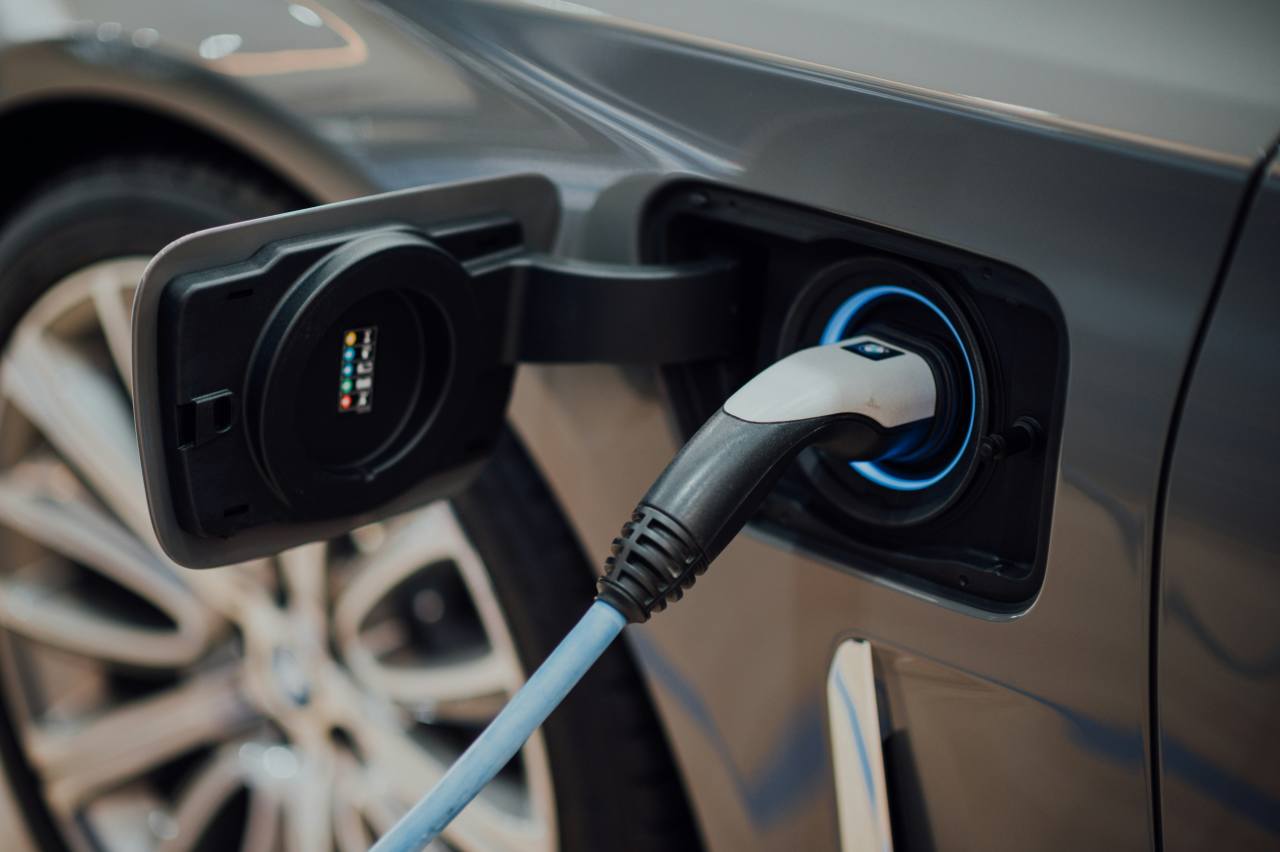
.jpg)

.jpg)
.jpg)
.jpg)
.jpg)



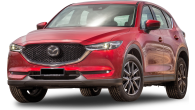
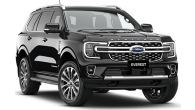


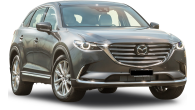










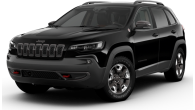

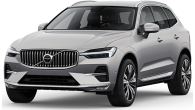


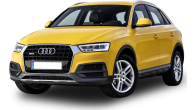







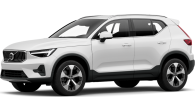



.png)

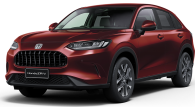
.jpg)
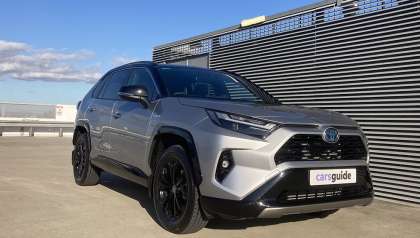
.jpg)



